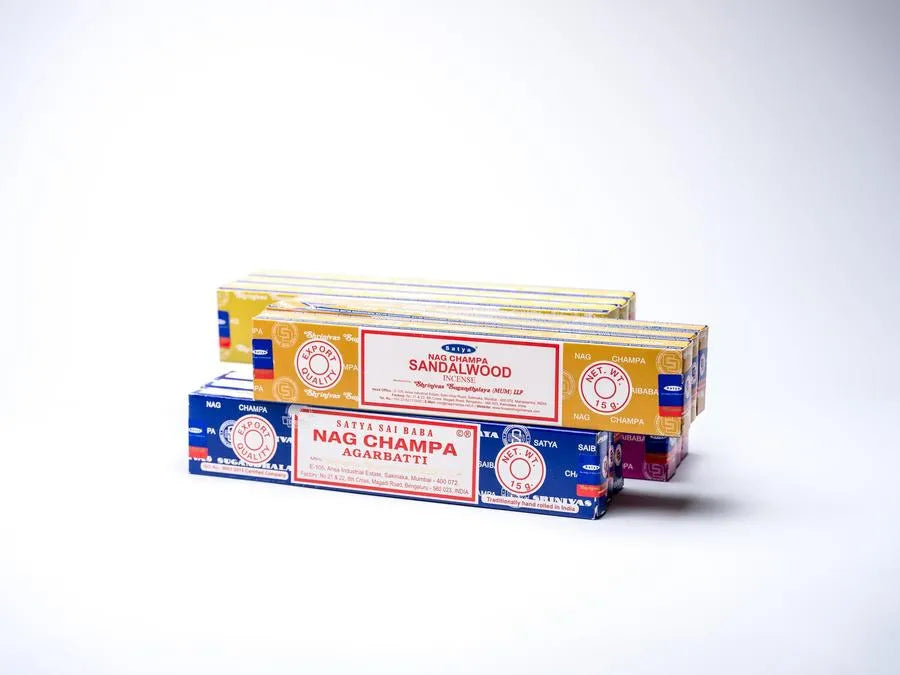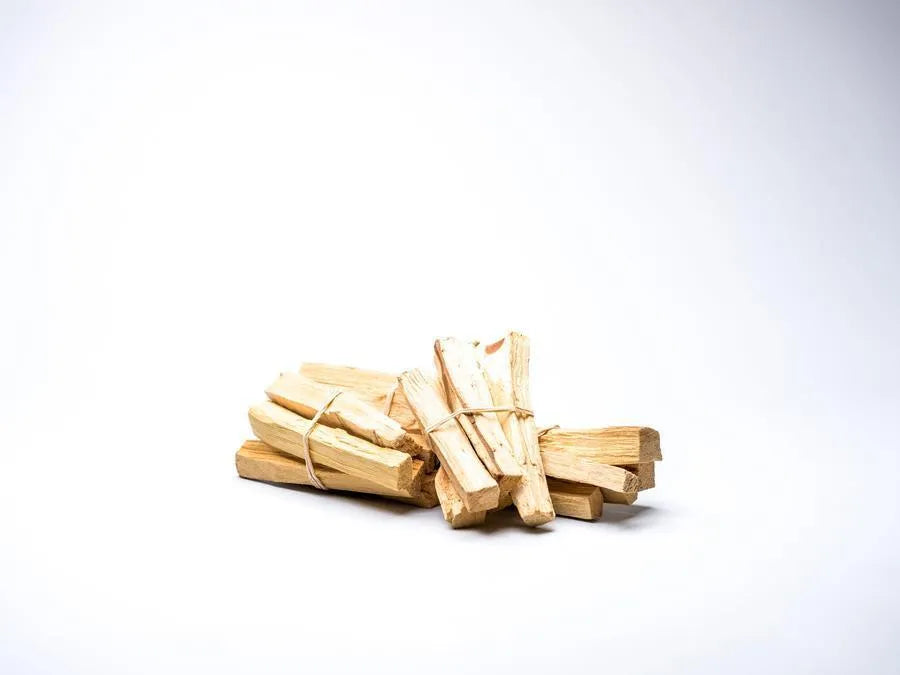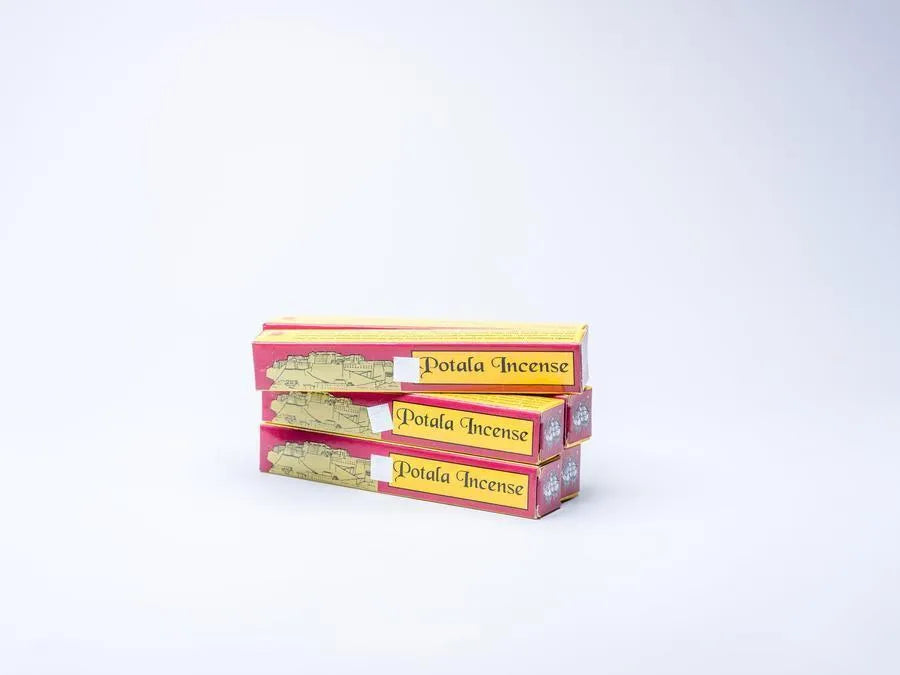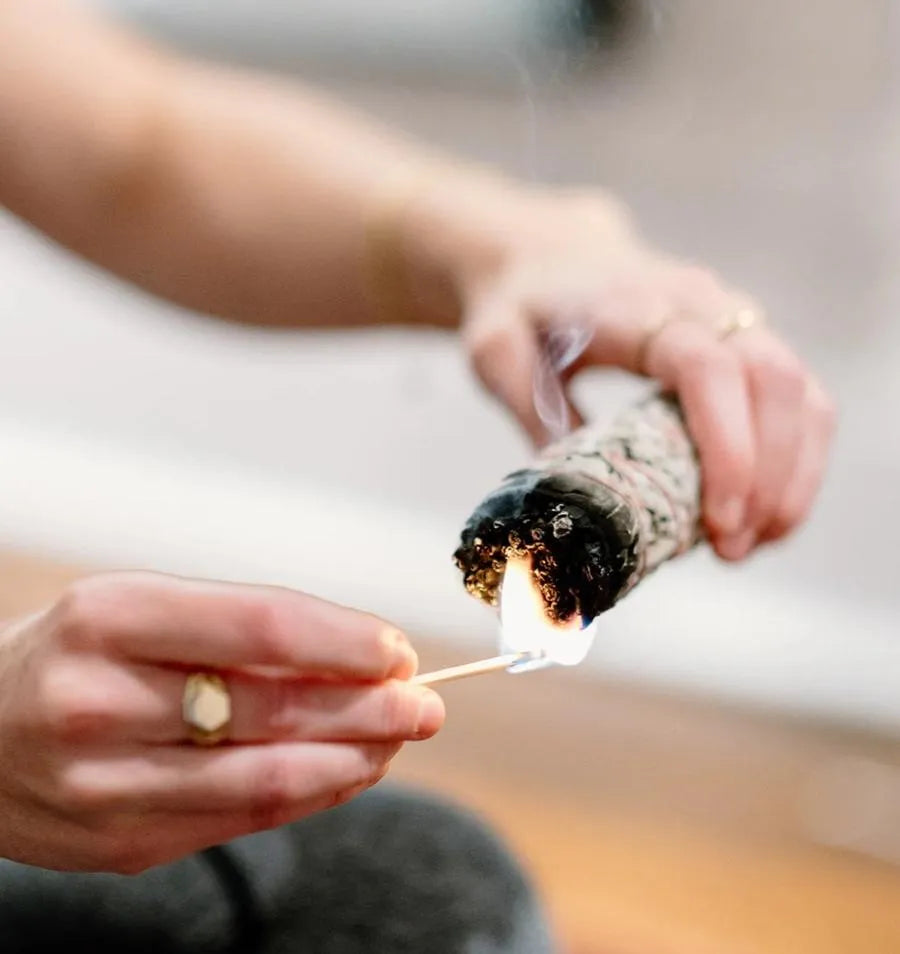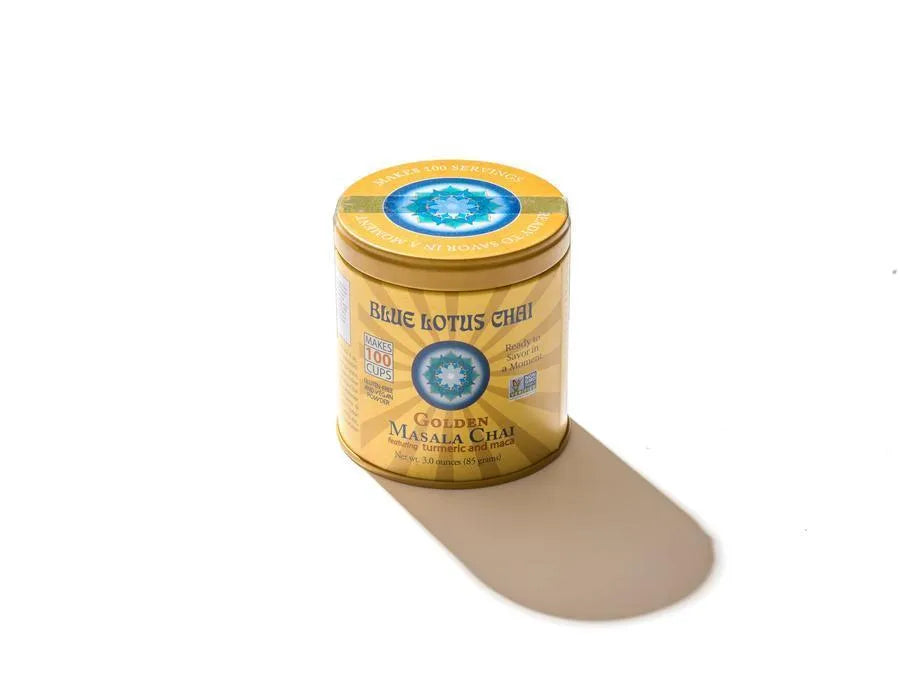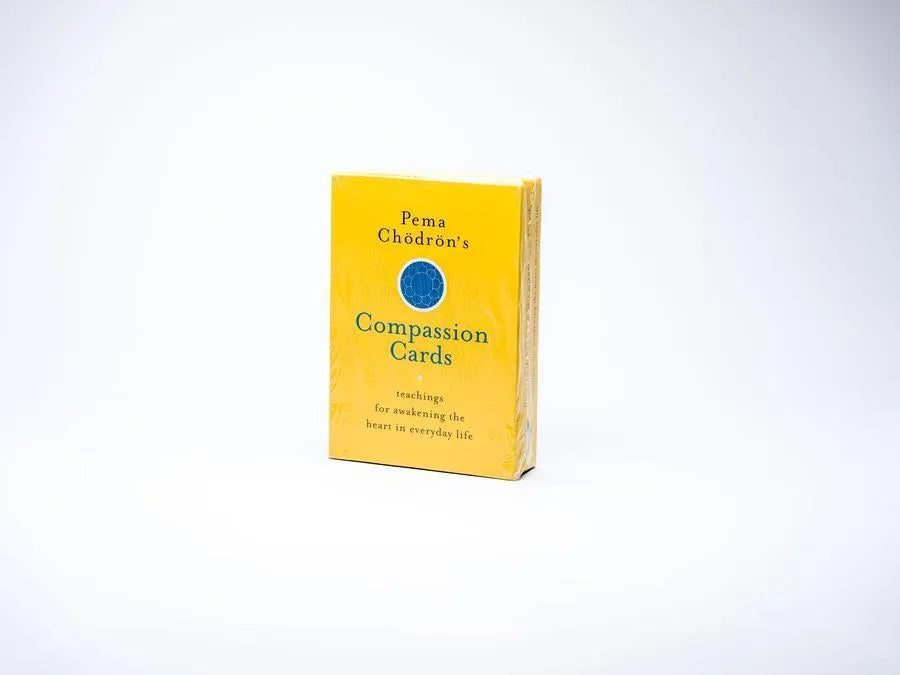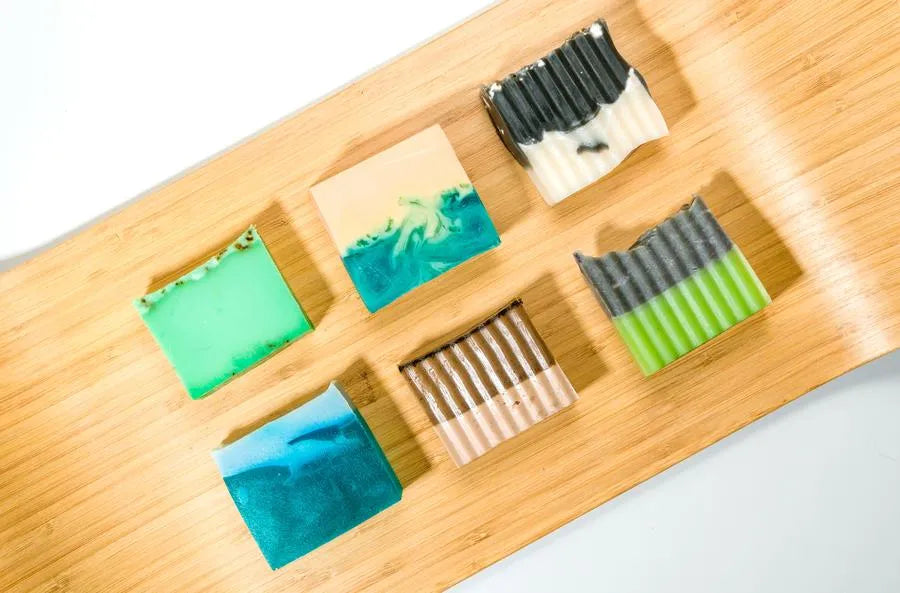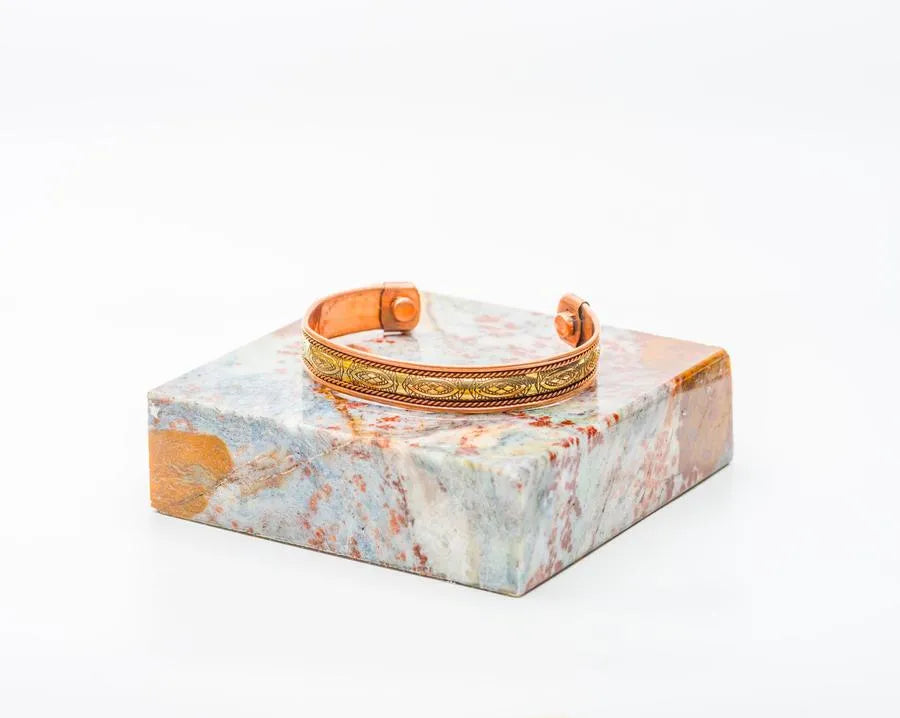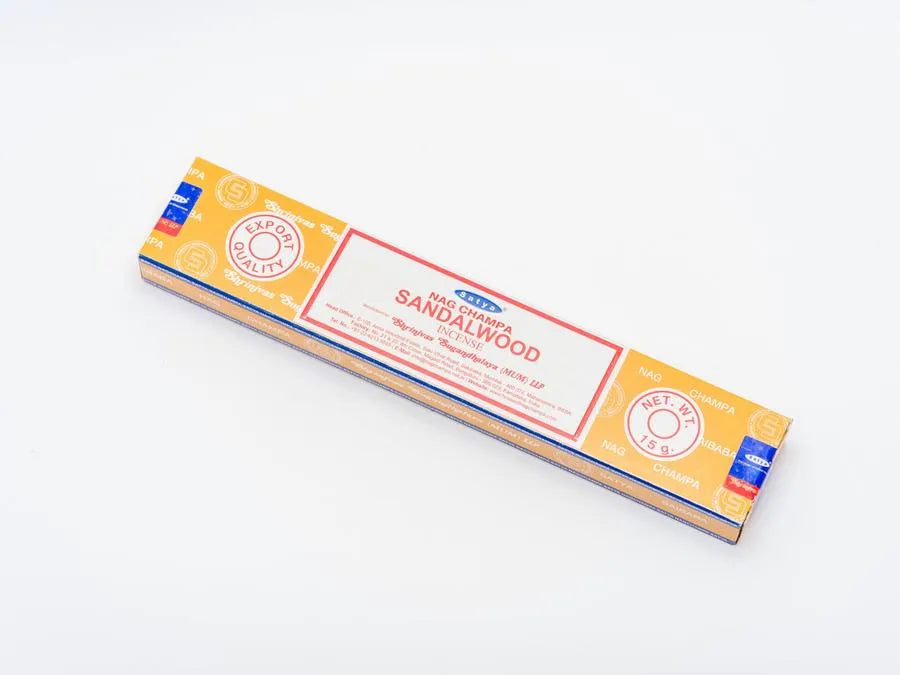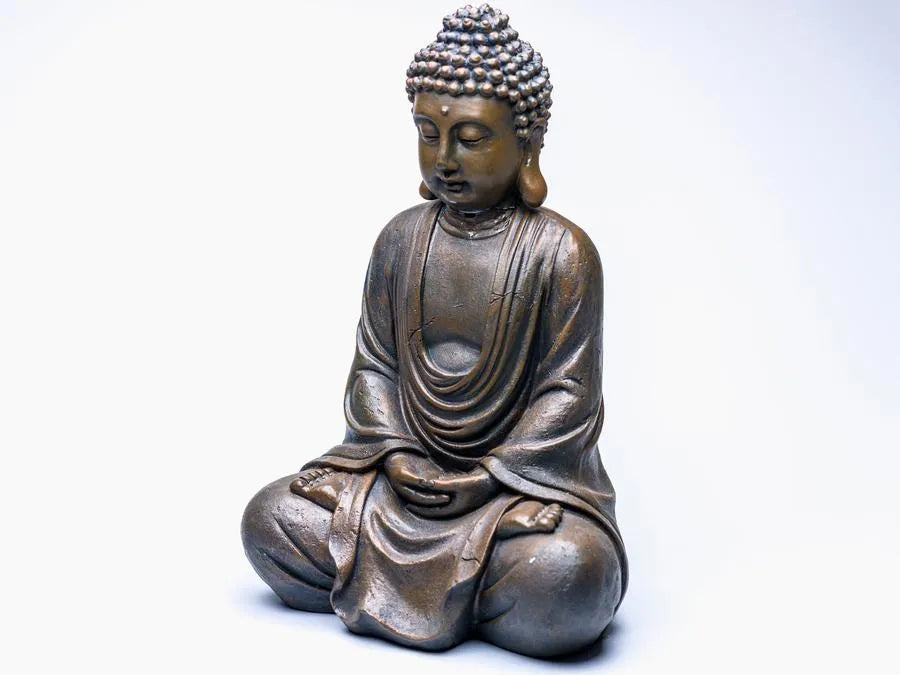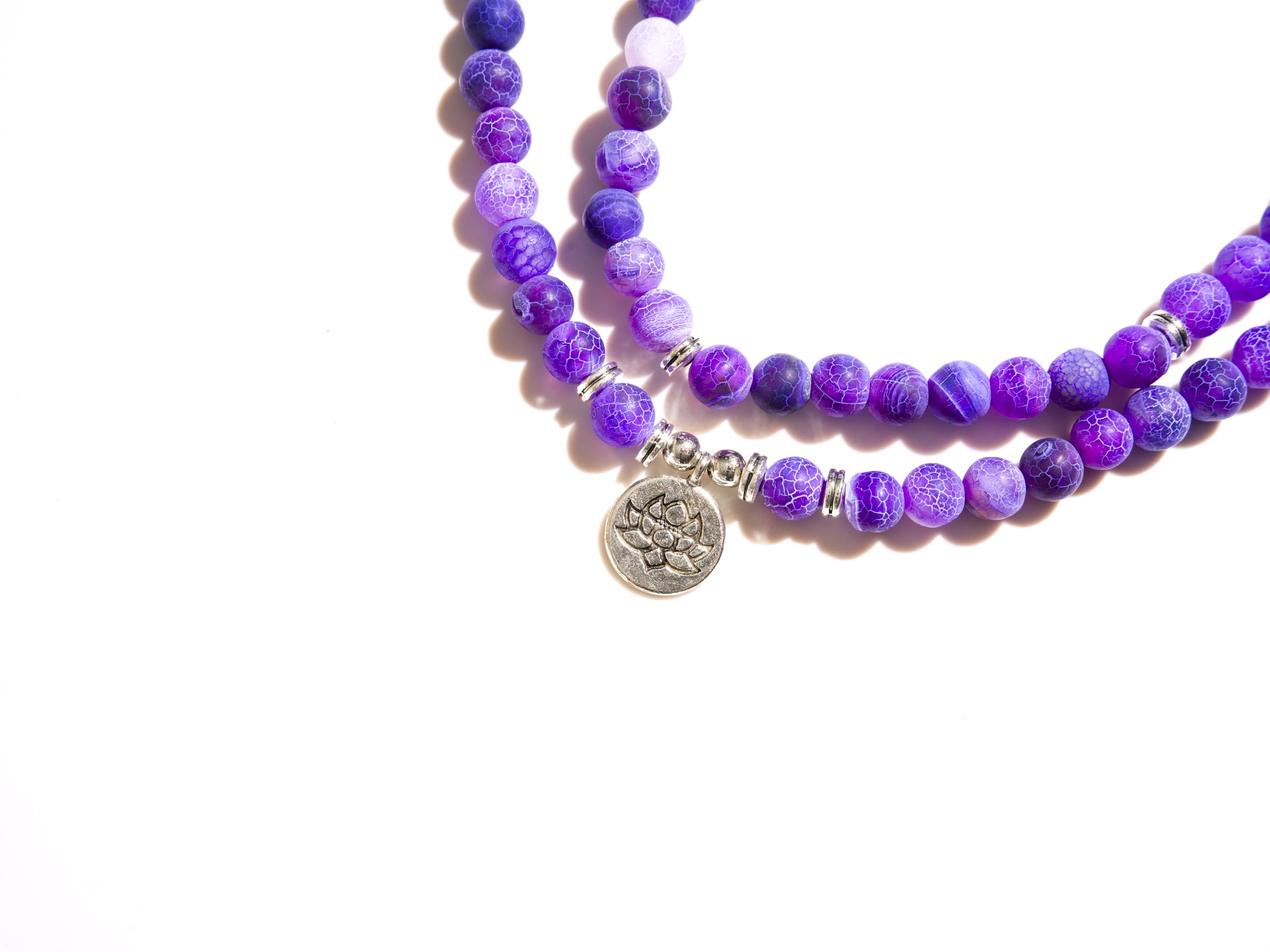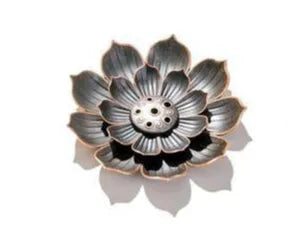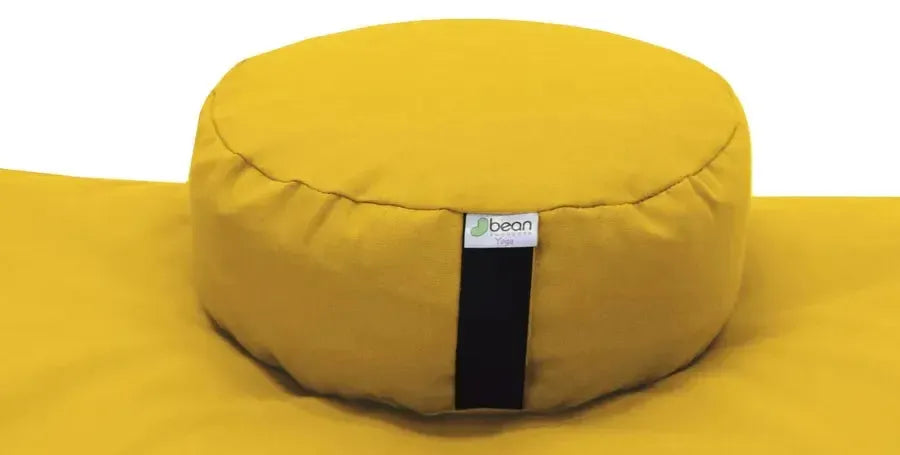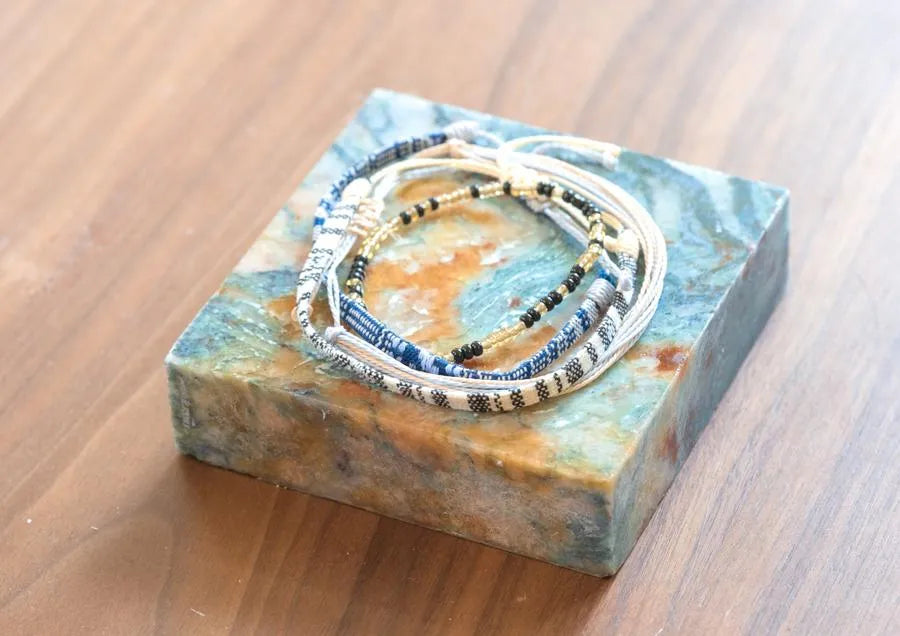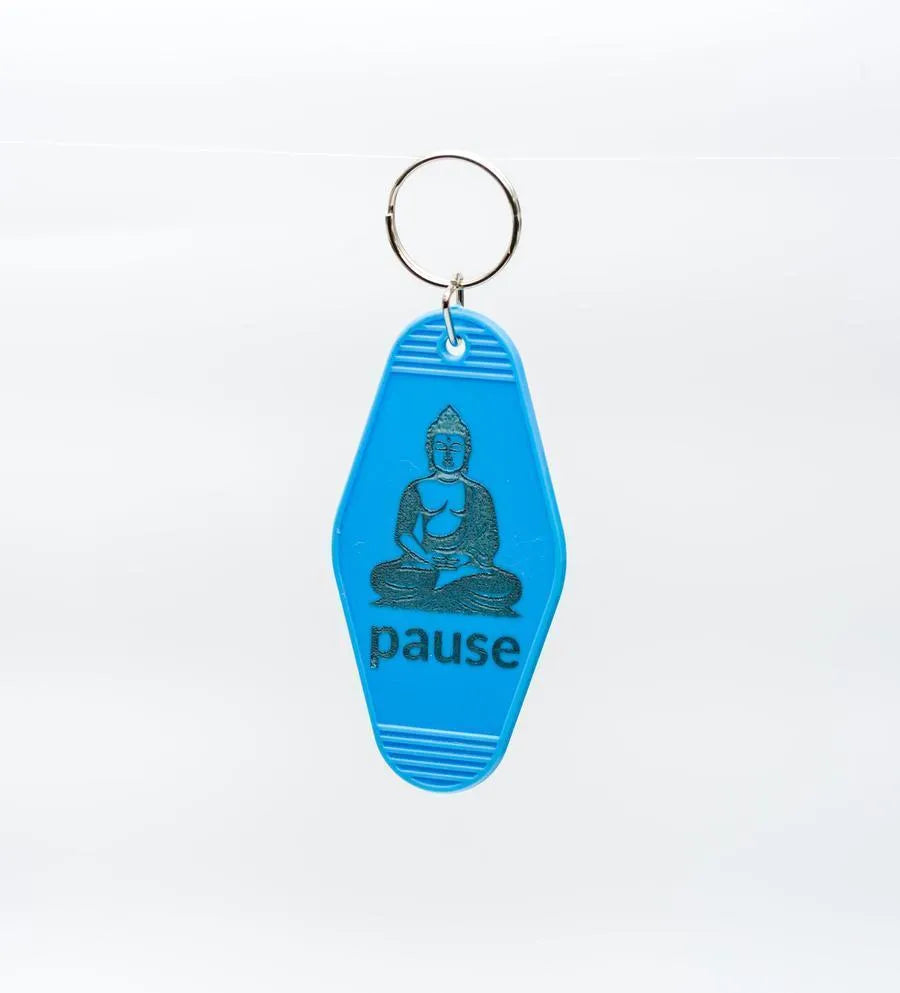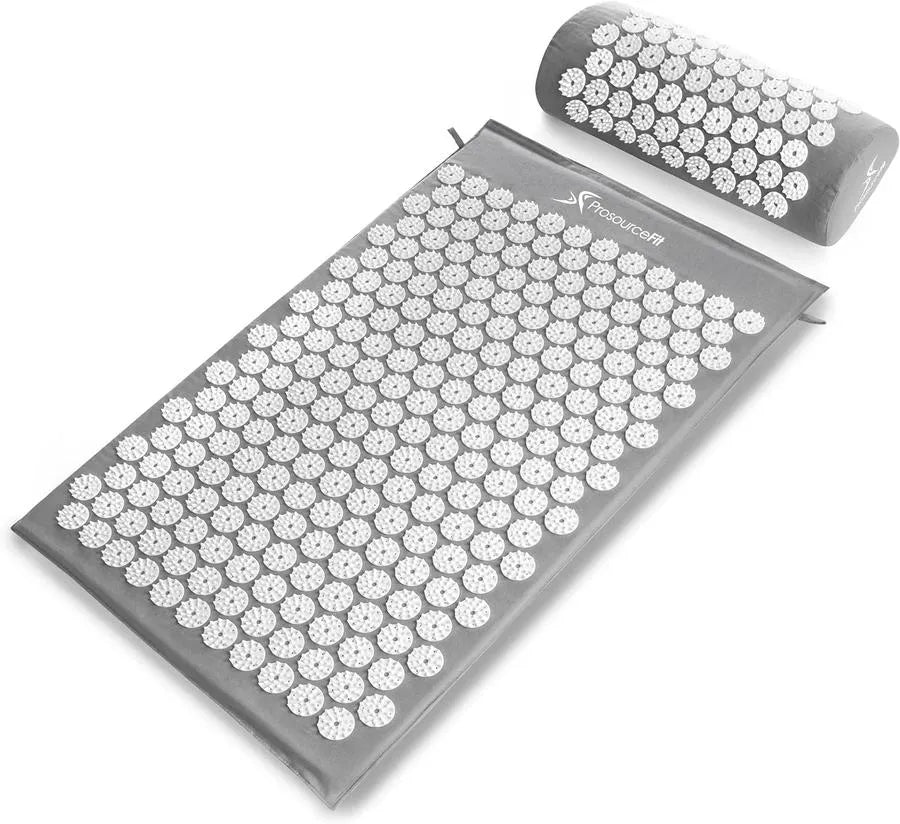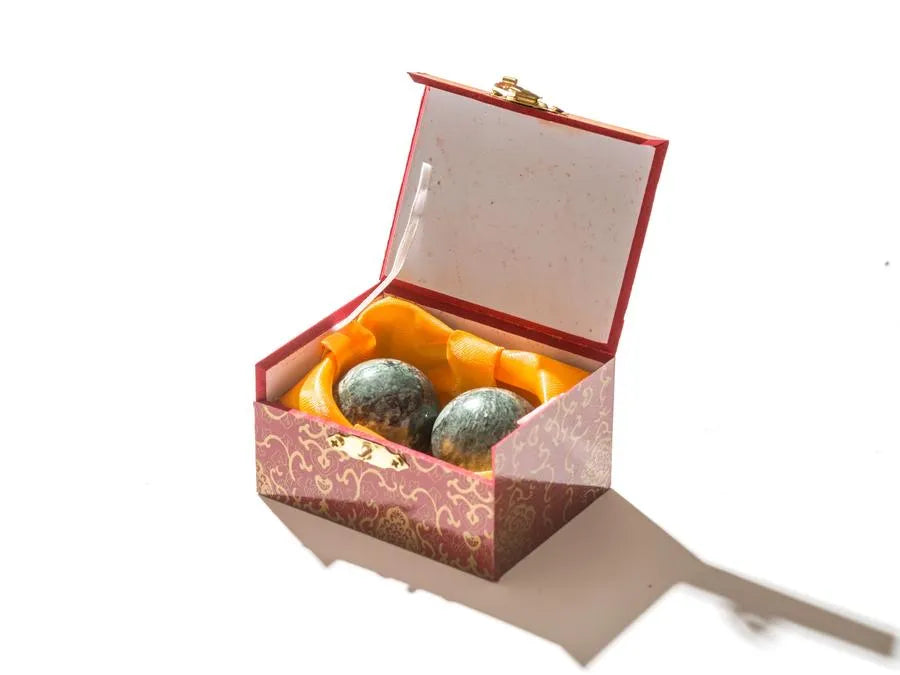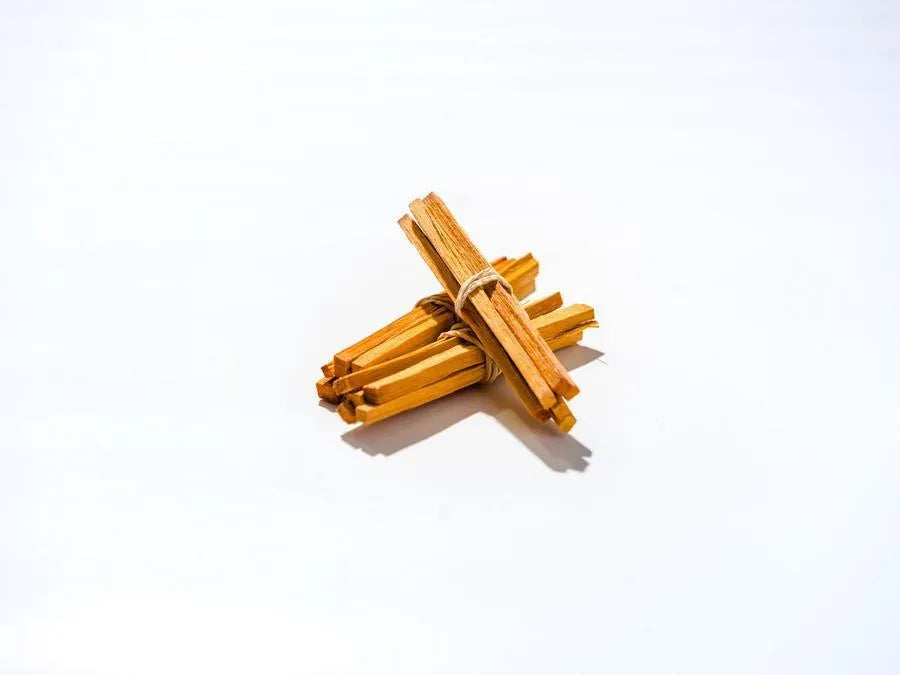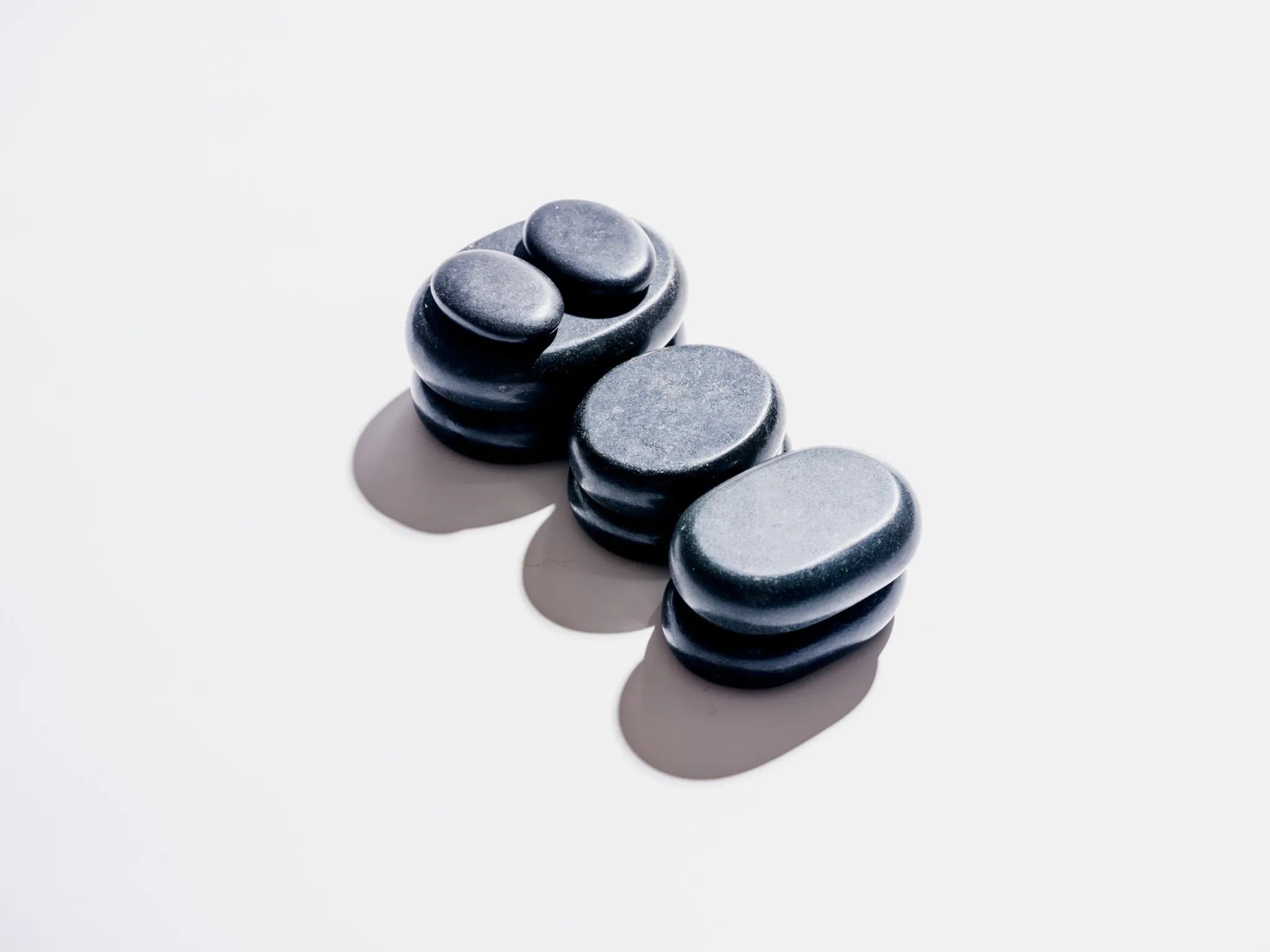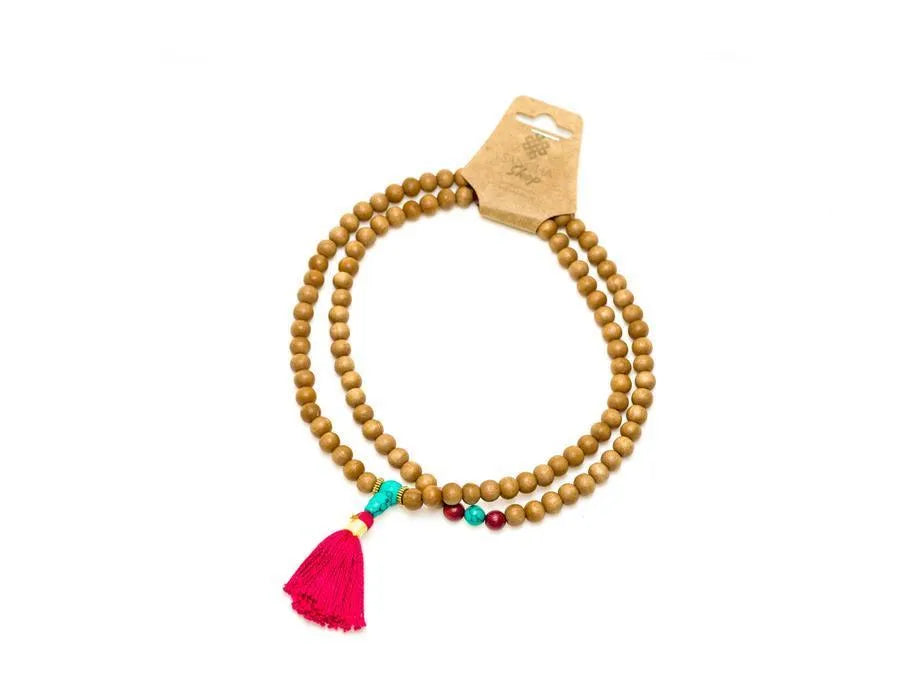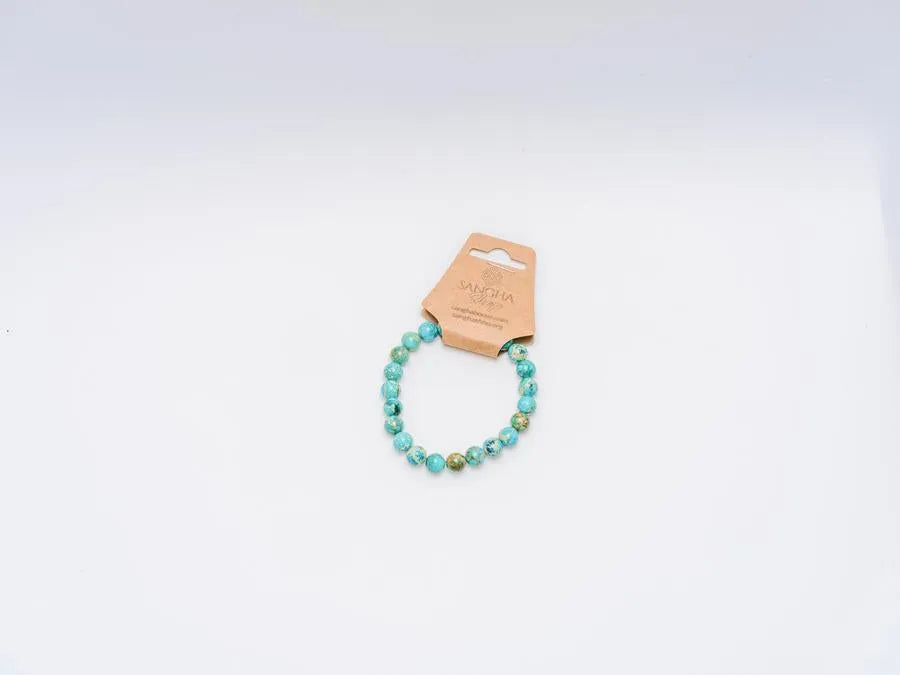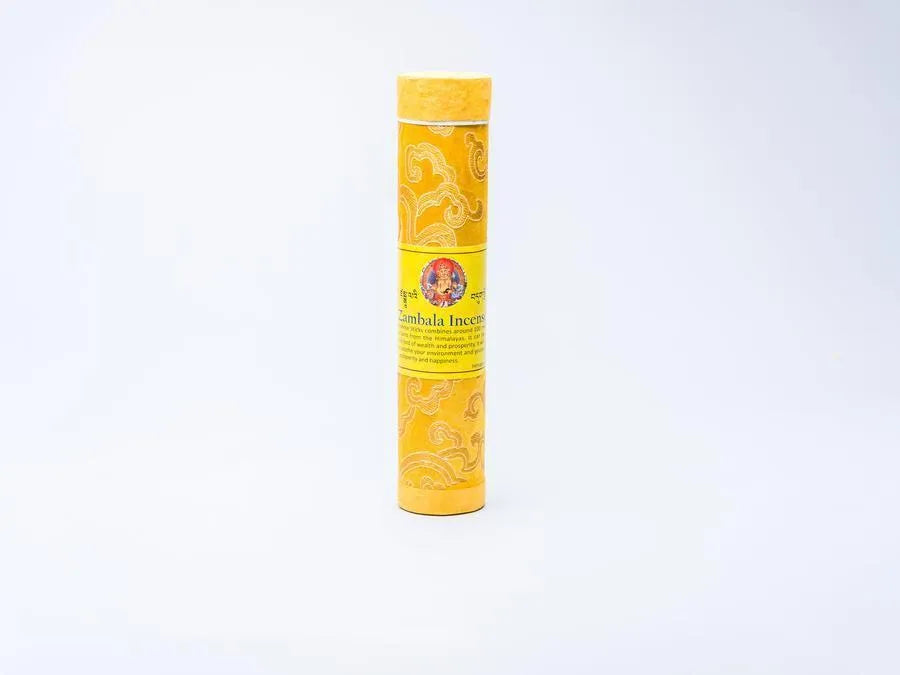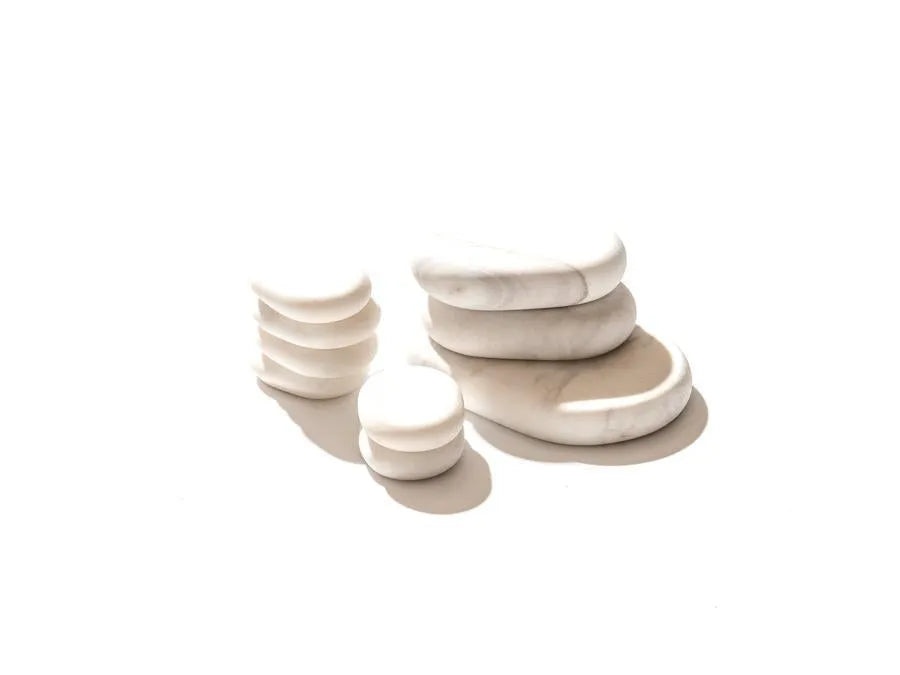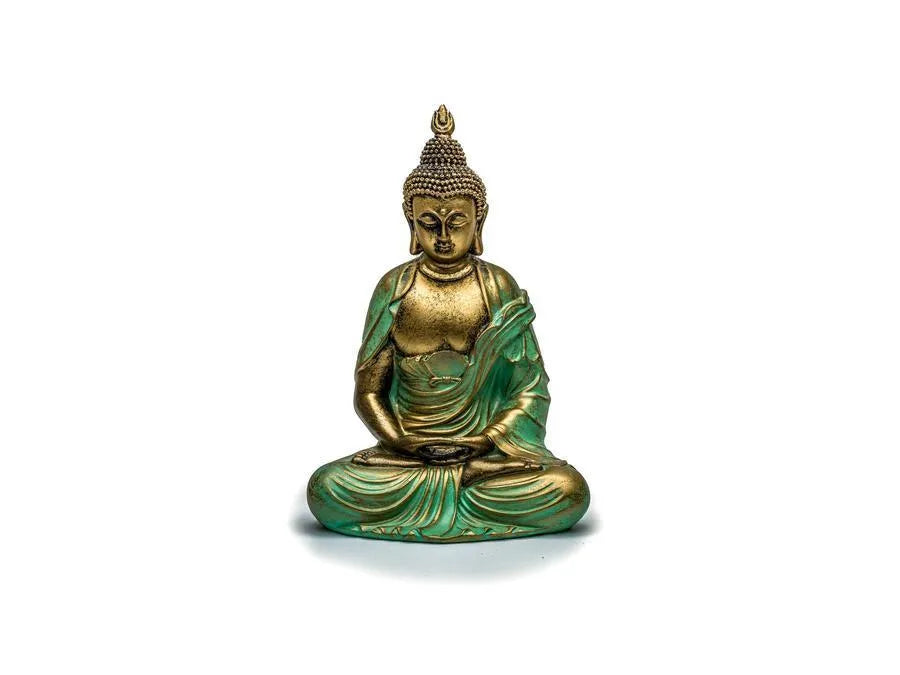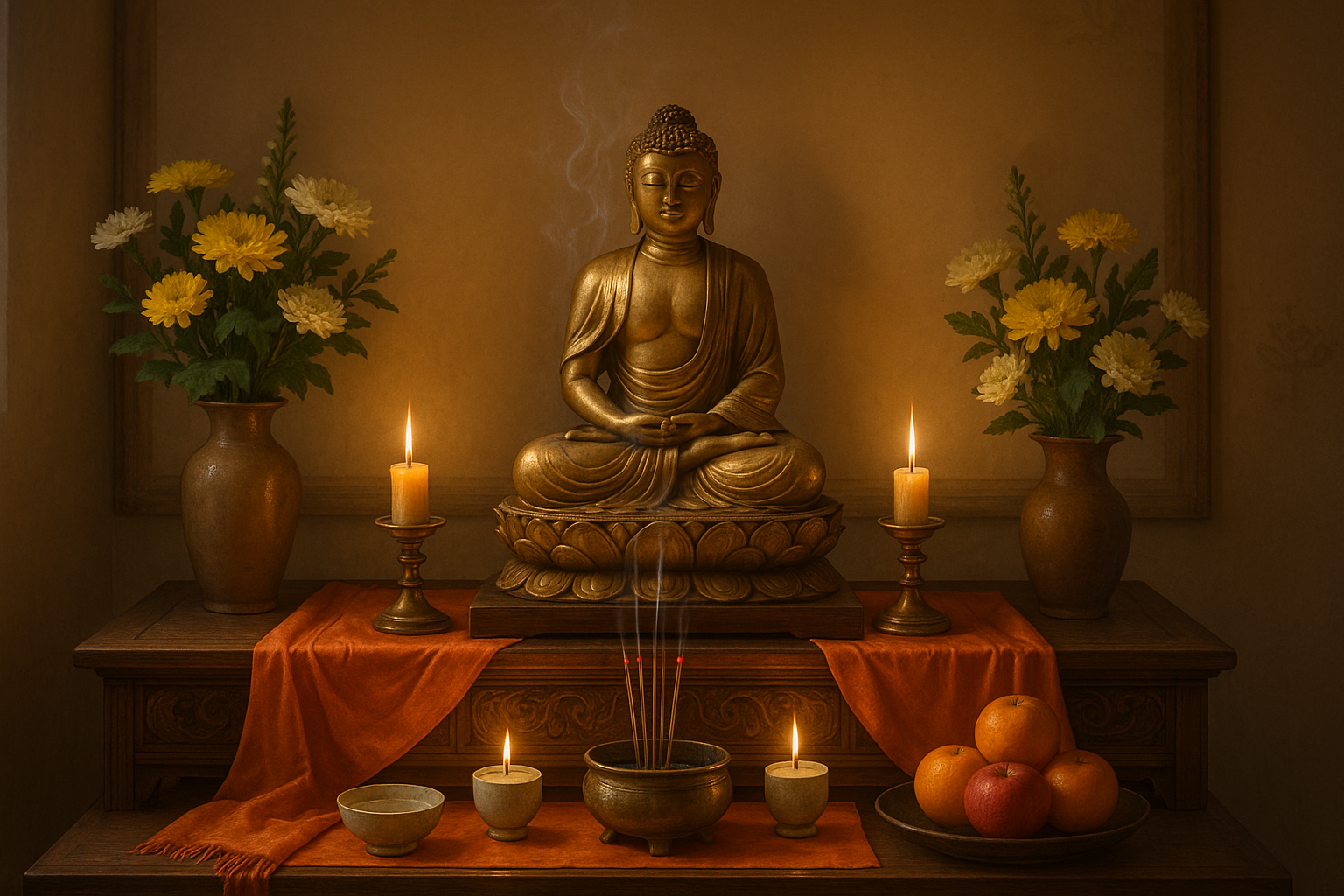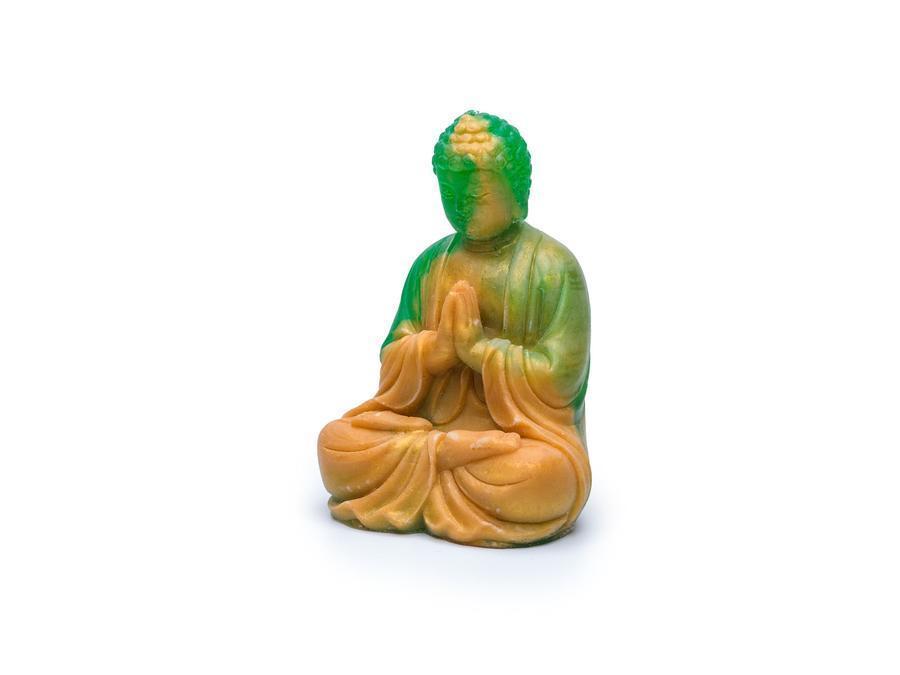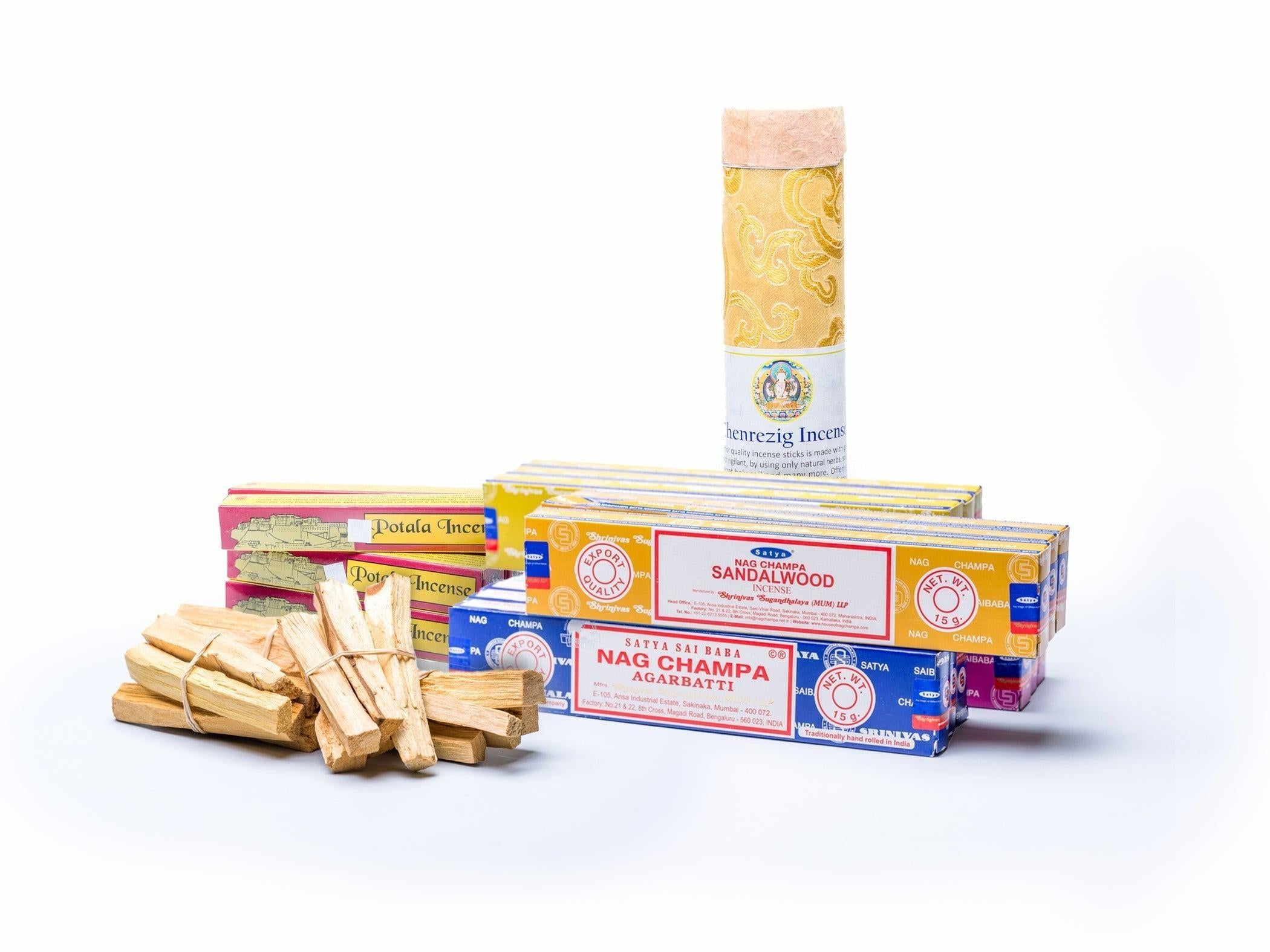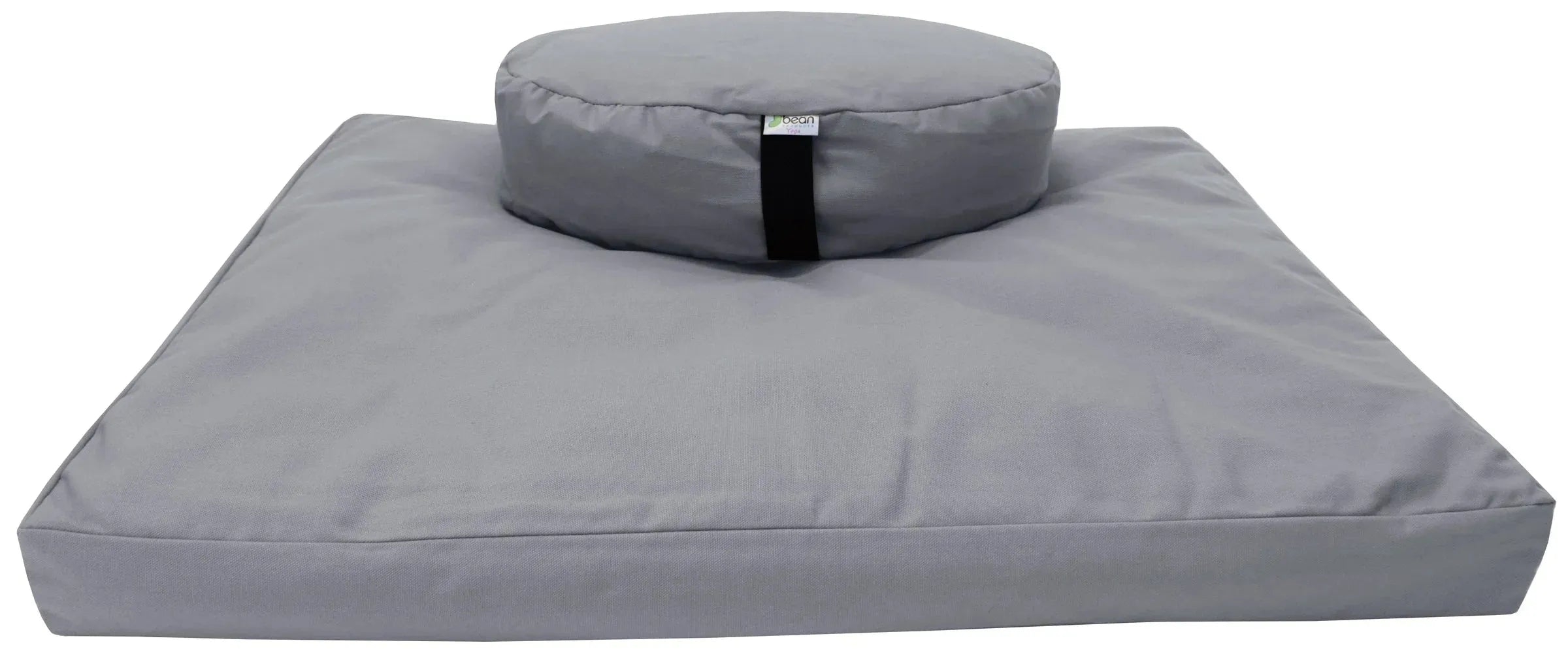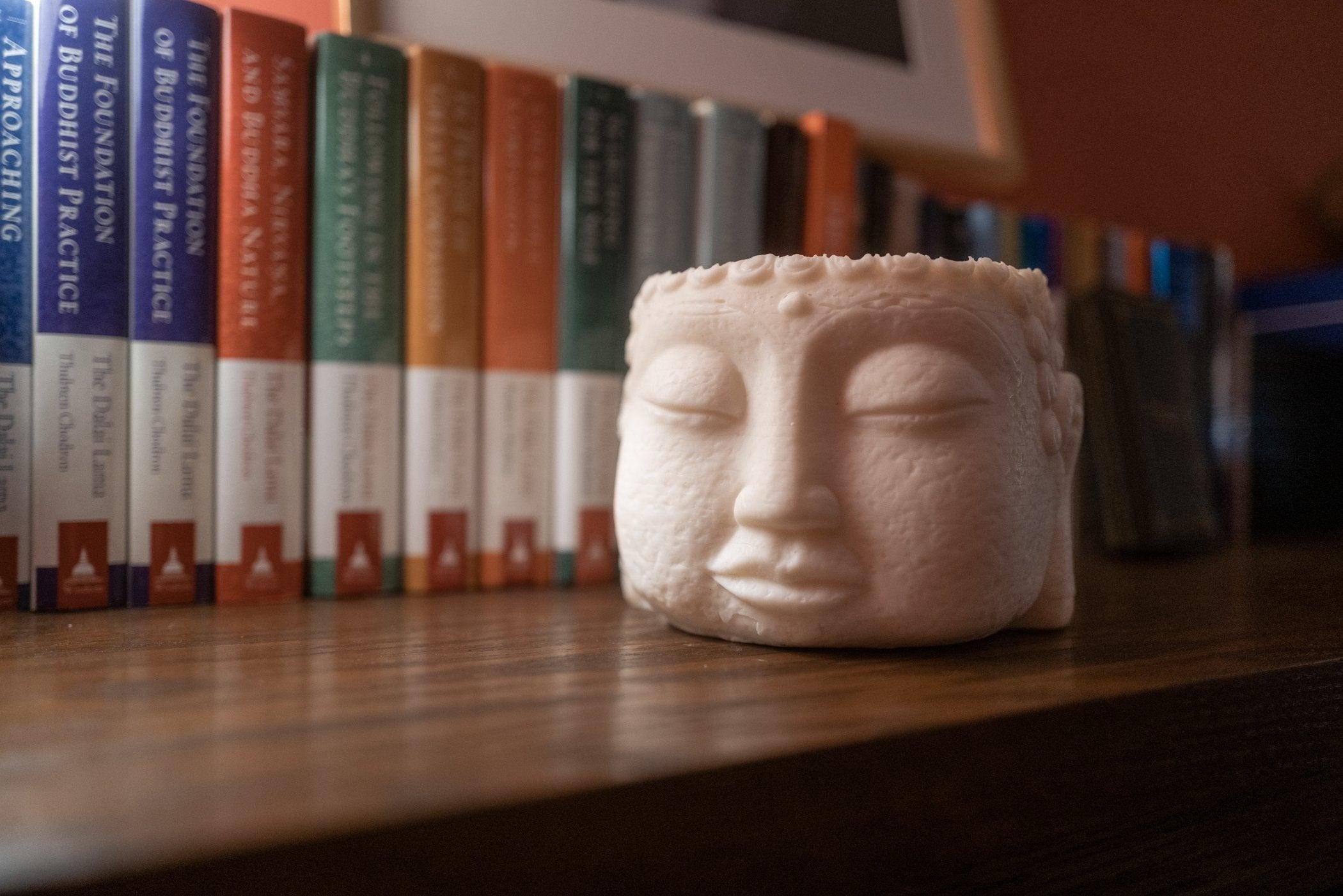
Nurturing Your Mala: A Complete Guide to Cleaning, Repair, and Spiritual Preservation

Caring for your mala is fundamental to preserving its essence, ensuring each bead remains smooth, and maintaining an undisturbed focus during your meditation. This guide offers essential tips for your meditation tool's upkeep, helping you understand what a mala is, how to care for various materials, store and handle your beads with intention, perform energetic purification, address breakages, and align your practice with Sangha House's guiding principles. You'll discover tailored methods for sandalwood, gemstone, seed, and tulsi malas, learn best practices for storage and handling, explore spiritual cleansing rituals, and find practical repair solutions—all while supporting community well-being through your purchases at Sangha Shop. By embracing these care practices, you'll deepen your meditation experience and foster well-being for yourself and others.
What Are Malas and Why Does Mindful Care Matter?
A mala is a sacred string of beads used in japa meditation to count mantras and anchor your awareness through a rhythmic, tactile experience. Regular care prevents bead wear, fiber weakening, and gemstone dulling, thereby preserving both the physical beauty and the subtle energy of your meditation companion. Proper upkeep supports sustained concentration, prevents accidental breaks during practice, and reinforces the principles of mindful living that are central to Sangha House's programs. Understanding these basics lays the groundwork for material-specific cleaning, thoughtful storage, and effective repairs.
Meditation Beads: Ancient Tools for Modern Mindfulness
1. From ancient temples to modern yoga studios, these unassuming strings of beads have quietly woven themselves into the fabric of countless spiritual practices, offering a tangible anchor for the mind in the vast sea of meditation. As we embark on this journey through the world of meditation beads, prepare to be captivated by their rich history, diverse forms, and profound impact on mindfulness practices across cultures and centuries.
2. Picture yourself holding a strand of cool, smooth beads in your palm. The weight feels reassuring, grounding. With each bead you touch, a sense of calm washes over you. This simple yet powerful tool has been a companion to seekers, sages, and everyday folks alike for millennia. But what’s the real story behind these little spheres of serenity?
3. Long before smartphones and smartwatches, our ancestors found ingenious ways to keep track of their spiritual practices. Enter meditation beads – the original mindfulness gadget! These nifty little counters have been around for at least 3,000 years, with evidence of their use popping up in ancient Hindu texts.
4. But Hinduism doesn’t get to hog all the bead glory. As ideas and practices spread along trade routes, so did the use of prayer beads. Buddhists, Christians, Muslims, and even secular mindfulness practitioners have all put their own spin on these spiritual abacuses.
5. Today, you’ll find meditation beads in all shapes, sizes, and materials. From traditional 108-bead malas to pocket-sized worry stones, there’s a mindfulness tool for every taste and tradition. Some folks even rockMeditation Bracelets: Enhancing Mindfulness and Spiritual Practiceas a stylish reminder to stay present throughout the day.
Meditation Beads: Ancient Tools for Modern Mindfulness Practices
Caring for your mala extends beyond its appearance to its spiritual preservation, ensuring each bead continues to hold the intentions and vibrations you've imbued. When you maintain smooth bead surfaces and intact cord tension, you prevent disruptions in mantra recitation and deepen your connection to your practice. This insight naturally leads to understanding the specific characteristics of mala materials and how each requires unique care.
What Materials Are Malas Crafted From, and How Do They Influence Care?
Malas are fashioned from a variety of materials—sandalwood, rosewood, gemstones, tulsi seeds, and other seeds—each possessing distinct porosity, hardness, and spiritual resonance. Wooden beads absorb natural skin oils and essential oils, which can enhance their patina but also attract dust. Gemstone beads benefit from gentle energetic cleansing but require caution to avoid thermal shock or chemical damage. Seed malas, cherished for their lightness and subtle aroma, need dry-cleaning methods to prevent mildew.
To illustrate how material properties guide care, consider this overview of common mala materials:
| Material | Care Consideration | Maintenance Tip |
|---|---|---|
| Sandalwood | Absorbs oils and moisture | Gently wipe with a barely damp cloth |
| Gemstone | Sensitive to chemicals | Rinse in pure water, air dry away from direct sun |
| Tulsi seed | Porous and lightweight | Lightly dust with a soft brush |
| Rosewood | Tends to darken over time | Buff with a dry, lint-free cloth |
This breakdown highlights how each material's porosity and hardness dictate cleaning frequency and method, preparing you for targeted maintenance routines.
How Does Nurturing Your Mala Enhance Your Meditation and Mindful Living?
Caring for your mala supports your meditation by preserving smooth bead rotation and stable cord tension, which in turn promotes an uninterrupted mantra flow and deeper concentration. Regular interaction with a well-maintained mala reinforces mindful habits, transforming upkeep into a practice of presence and intention. This ritual of care mirrors the principles of self-nurturing taught in Sangha House's recovery and wellness programs, linking material maintenance to mental and emotional resilience.
By integrating mala care into your daily rhythm, you honor the sacredness of your spiritual tool and cultivate a habit of gentle attention. This ongoing attentiveness fosters gratitude, sustains energetic resonance, and aligns your personal practice with Sangha Shop's community-focused mission to support meditation and recovery initiatives.
How Do You Clean Different Types of Mala Beads?
Cleaning your mala is essential for removing accumulated oils, sweat, and environmental dust that can dull beads and weaken cords. A consistent cleaning routine extends the life of your mala and preserves its tactile and energetic qualities. Before beginning any cleaning, carefully inspect your mala for fragile knots or weakened cord segments to avoid accidental breakage. With this knowledge, you can apply the appropriate techniques for each material type.
Maintaining bead hygiene not only enhances the appearance and feel of your prayer tool but also safeguards its subtle energy field. Proper bead purification paves the way for amplified mantra power and uninterrupted flow during your meditation sessions.
What Are Gentle Cleaning Methods for Sandalwood and Wooden Malas?
Wooden malas benefit from mild, friction-free cleaning to prevent surface scratches and avoid compromising cord tension. Follow these steps for effective wooden mala care:
- Gently wipe each bead with a soft, barely damp cloth to lift surface dust and oils.
- Allow the beads to air dry completely in a shaded, well-ventilated area to prevent mold.
- Buff the dried beads with a dry, lint-free cloth to restore their natural sheen and smoothness.
These steps ensure that sandalwood and rosewood malas remain smooth and fragrant without exposure to harsh chemicals or excessive moisture. By minimizing moisture contact and handling gently, you preserve both the wood's finish and the cord's strength, setting the stage for proper storage.
How Should You Clean Gemstone and Crystal Malas Safely?
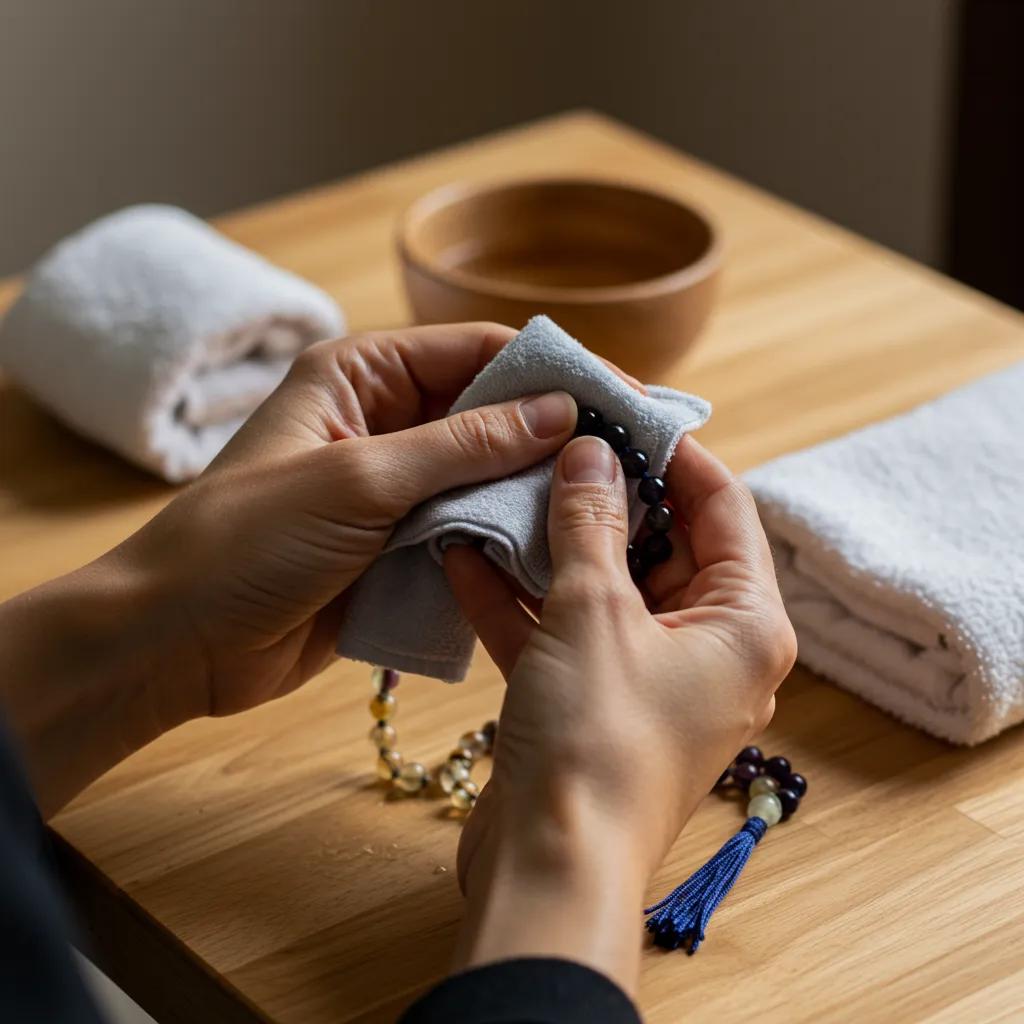
Gemstone malas require careful cleaning to protect their luster and structural integrity. Use the following procedure:
- Briefly immerse the mala in pure, room-temperature water, free of any detergents.
- Swirl gently to dislodge dirt, then rinse under a light stream of fresh water.
- Pat each bead dry with a soft towel and place the mala on a cushion to air dry, away from direct sunlight.
This method prevents thermal shock and chemical reactions that can cause micro-fractures in delicate crystals. By keeping exposure brief and ensuring thorough drying, you maintain clarity and preserve the subtle vibrations inherent in gemstone beads.
Can You Clean Seed and Tulsi Malas? What Are the Best Practices?
Seed malas, such as tulsi, demand a dry-cleaning approach to prevent splitting or swelling. Apply these best practices:
- Use a soft, dry brush to remove dust and particles lodged between beads.
- If a deeper clean is needed, gently roll the mala between two clean cotton cloths, applying light pressure to lift grime.
- Store the dried beads in a breathable pouch to prevent moisture buildup.
By focusing on surface dust removal and minimal handling, you honor the seeds' natural oils and aroma while preventing cord stress. This approach nurtures the seeds' subtle scent and spiritual essence.
What Cleaning Tools and Products Should You Avoid?
Maintaining the integrity of your beads requires steering clear of abrasive or chemical-based tools that can strip natural finishes or weaken cord fibers.
- Avoid harsh detergents, alcohol, or ammonia-based cleaners.
- Do not use scrub brushes with stiff bristles that can scratch beads.
- Refrain from soaking your mala in soapy water or essential oils without first testing on a single bead.
Steering clear of these damaging products preserves bead integrity and cord resilience, ensuring your mala remains a reliable meditation companion.
How Should You Store and Handle Your Mala to Prevent Wear?
Proper storage and handling safeguard your mala against environmental stressors, accidental tangles, and wear from frequent use. Positioning your mala in an environment free from extreme humidity, temperature fluctuations, and direct sunlight maintains both its physical and energetic integrity. Thoughtful handling habits reinforce the sacred connection you share with this meditation tool and prevent premature cord stress.
By mastering storage and mindful use, you ensure that each session with your mala is a seamless and uplifting experience, leading naturally into best practices for storage.
What Are the Best Storage Practices to Preserve Mala Longevity?
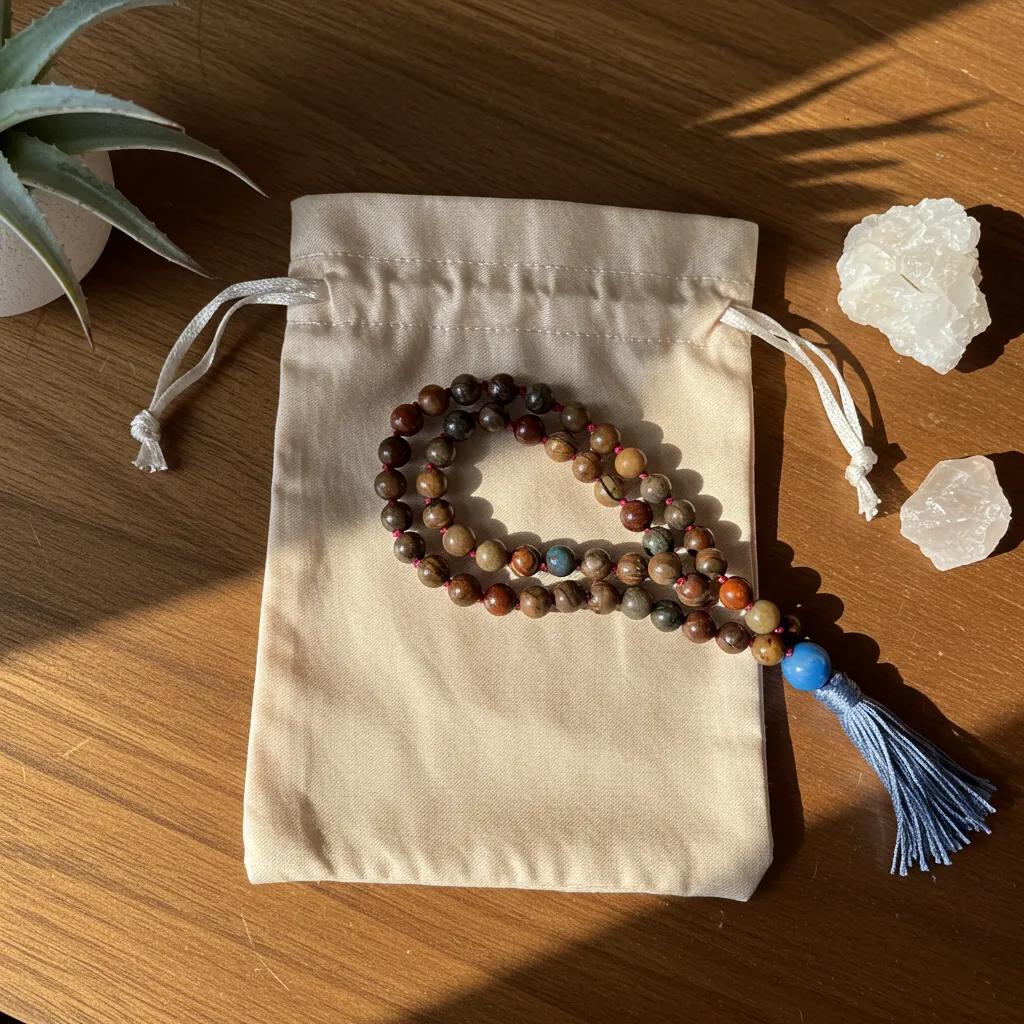
Storing your mala in a protective container prevents tangles, dust accumulation, and moisture exposure. Consider these guidelines:
- Place your mala in a soft, breathable pouch made from silk or cotton to allow air circulation.
- Store the pouch in a cool, dry location away from direct sunlight to protect wood and gemstones from fading or cracking.
- Occasionally lay the mala flat for a few hours to release any built-up tension in the cord.
These practices maintain bead spacing, prevent cord stiffening, and preserve the natural sheen of each material. Proper storage conditions lay the groundwork for sustained use and energetic resonance.
How Should You Handle and Wear Your Mala Daily?
Daily interaction with your mala calls for gentle handling to prevent snagging and uneven wear. Always drape the mala around your neck or wrist without forcing beads through tight spaces, and allow the beads to roll smoothly between your fingers during meditation. Avoid wearing your mala in situations where it might catch on clothing or be exposed to heavy perspiration, such as during intense exercise. By treating your mala as a sacred instrument rather than everyday jewelry, you extend its lifespan and maintain its spiritual efficacy.
How Do You Perform Energetic and Spiritual Cleansing of Your Mala?
Energetic purification restores the subtle vibrations of your mala, ensuring each bead continues to carry your intentions and remains free of residual energies. This process deepens your spiritual connection and aligns your tool with renewed purpose. Before beginning spiritual cleansing, clear any physical dust and oils so energetic methods can effectively penetrate bead surfaces. With this foundation, you are ready to explore cleansing rituals that refresh your mala's vibrational field.
Regular energetic care enhances clarity and supports more focused meditation sessions.
What Are Common Methods for Energetic Purification of Malas?
Purifying your mala energetically can be achieved through various traditional rituals that clear stagnant energies and restore vibrancy:
- Gently smudge the mala with sage or palo santo, wafting cleansing smoke around each bead.
- Bathe the mala in gentle moonlight during a full moon to recharge its subtle energy.
- Use sound cleansing with singing bowls or chimes to break up dense energy with resonant vibrations.
These methods respect the material properties of each bead while renewing their spiritual resonance. By choosing a ritual that aligns with your intention, you reinforce the energetic clarity and emotional support inherent in your mala.
How Do You Recharge and Set Intentions with Your Mala?
Recharging your mala involves infusing it with fresh intention and focused energy for future practice. Begin by holding the mala in both hands, taking deep breaths, and visualizing your meditation goals. As you gently rotate each bead, mentally or verbally state a purpose—such as compassion, focus, or healing—to embed that aspiration in the cord and beads. Conclude by placing the mala on a clean altar or meditation space overnight to solidify the energetic imprint. This ritual transforms routine maintenance into a powerful practice of intention setting and spiritual renewal.
What Should You Do When Your Mala Breaks or Needs Repair?
A broken mala carries both practical and symbolic meaning, signaling the need for mindful attention to your practice. When a mala snaps, it offers an opportunity to reflect on impermanence and renewal within meditation. Addressing breakage promptly prevents bead loss and restores your tool's functional integrity. Before re-stringing, gather all beads and examine the old cord for wear patterns to guide your repair approach.
Effective repair ensures your mala remains a reliable companion and preserves the energy you've cultivated over time.
What Is the Spiritual Meaning of a Broken Mala?
A broken mala often represents a pivotal moment in one's meditation journey, reminding practitioners of impermanence and the need for renewal. In many traditions, breakage can signify the completion of a cultivation cycle or the release of outdated intentions. Acknowledging this symbolism transforms repair into a meaningful ritual that honors growth and transformation. Embracing the lesson of impermanence in a broken mala enriches your practice with deeper awareness and resilience.
How Can You Re-string Your Mala at Home?
Re-stringing a mala yourself fosters a deeper connection to your meditation tool and saves it from being discarded. Follow these steps:
- Gather the original beads, a length of strong nylon or silk cord, and a small bead or guru bead for closure.
- Measure and cut the cord, leaving an extra 2–3 inches for knotting.
- Thread each bead onto the cord in sequence, tying a secure knot after each bead to maintain spacing.
- Finish with a guru bead or tassel, knotting securely to prevent slipping.
This DIY approach returns your mala to full strength while reinforcing your intentional bond with its vibrations.
When Should You Seek Professional Mala Repair Services?
While DIY restringing suits many malas, certain materials or intricate bead patterns may require expert care. Consider professional services when beads are highly valuable gemstones, fragile wood, or when you prefer specialized knotting techniques. Skilled artisans can replace cords with traditional silk thread, reinforce beads with durable knots, and offer custom tassels. Choosing professional repair preserves both the physical integrity and spiritual resonance of your most treasured malas.
How Do You Know When to Replace Your Mala?
Knowing when to replace a mala involves observing signs of cord thinning, persistent bead cracks, or a loss of spiritual resonance. If you notice fraying strands despite repairs, peeling beads, or diminished energetic clarity, it may be time for a new mala. Replacing a worn mala honors its service and allows you to select a fresh tool that aligns with your evolving practice. Recognizing this threshold ensures your meditation remains supported by a vibrant, intact mala.
How Does Caring for Your Mala Support Sangha House's Mission and Your Mindful Practice?
Maintaining your mala reflects the very essence of mindful living—attention, respect, and intention in every action. Each well-cared-for bead echoes the community values upheld by Sangha House's meditation and recovery programs. When you choose a mala from Sangha Shop, you not only enhance your practice but also enable funding for addiction recovery, wellness workshops, and group meditation sessions that benefit many.
This synergy between personal care and community support creates a ripple effect of compassion and resilience that extends far beyond individual practice.
How Do Purpose-Driven Purchases Fund Meditation and Recovery Programs?
Every mala purchased through Sangha Shop channels proceeds directly to Sangha House, underwriting program costs for meditation instruction, addiction recovery therapies, and holistic wellness activities. Purpose-driven purchases transform simple transactions into acts of generosity that strengthen communal well-being. As a result, your investment in quality malas becomes a catalyst for healing, growth, and shared spiritual support.
Why Is Mindful Living Reflected in Maintaining Your Mala?
Mindful living invites us to treat every object with care and intention, and a meticulously maintained mala exemplifies this principle in action. Cleaning beads, storing thoughtfully, and performing energetic rituals mirror the inner practices of presence and self-compassion taught in Sangha House programs. By embodying mindful stewardship of your mala, you reinforce the connection between daily routines and sustained spiritual growth.
How Can You Get Involved with Sangha House Through Your Mala Practice?
Your engagement with your mala extends naturally into Sangha House's community offerings—group meditations, recovery circles, and wellness workshops. Attend events to share maintenance techniques, lead cleansing rituals, or contribute your stories of transformation. Through these collaborative activities, your dedicated practice becomes part of a supportive network that nurtures well-being for yourself and others.
Maintaining a healing connection with your mala invites ongoing participation in Sangha House's mission and deepens the impact of your mindful living.
Caring for your mala is both a personal ritual and a communal offering, nurturing your practice while uplifting others. By applying these maintenance tips—cleaning, storing, handling, cleansing energetically, and repairing—you ensure your mala remains a vibrant meditation tool. As you honor each bead with gentle attention, you simultaneously support Sangha House's path of recovery, meditation, and holistic wellness. Continue to cultivate presence and resilience through mindful mala care and purpose-driven practice.

